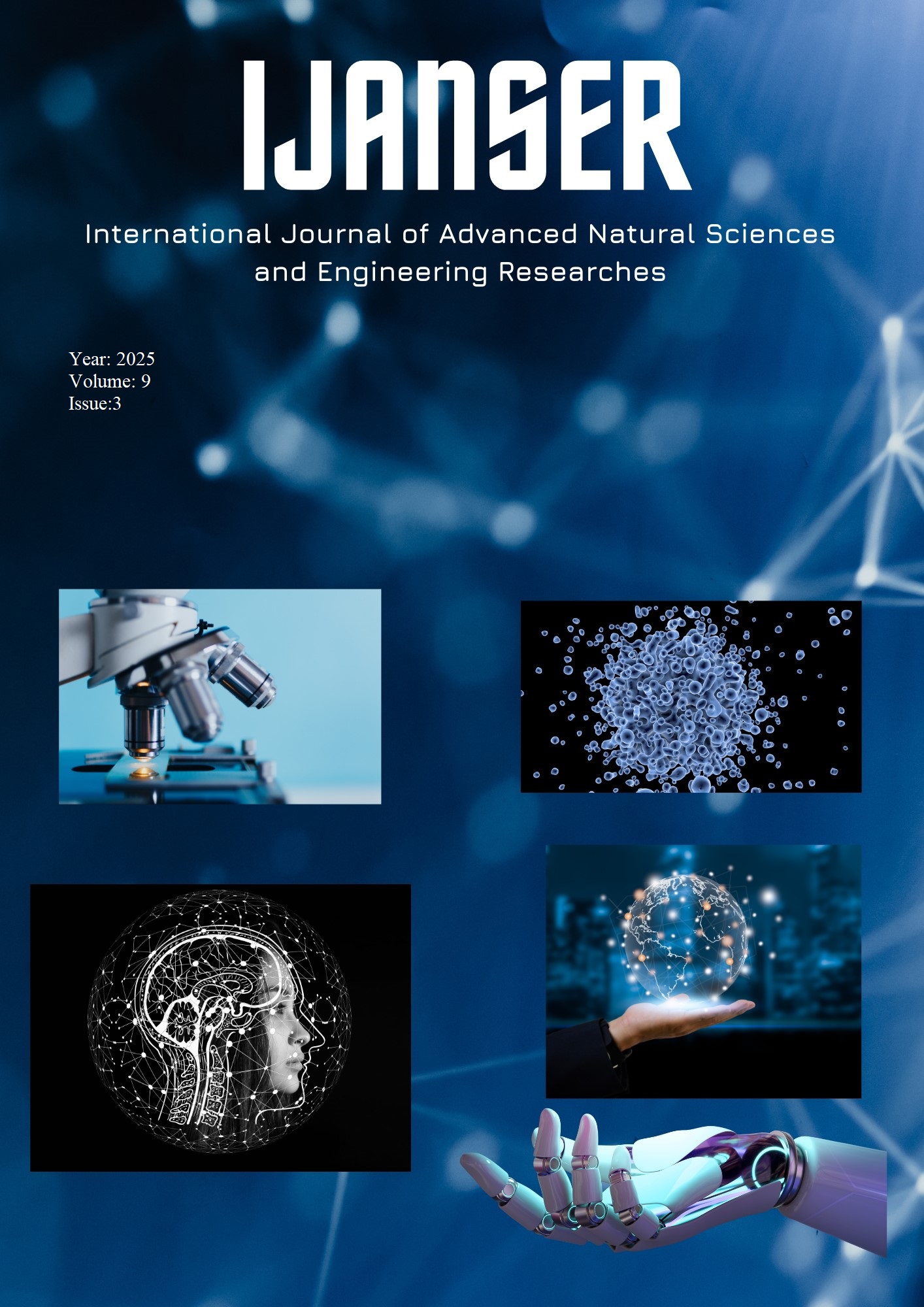Modeling of a Hydraulic System Using the Takagi-Sugeno Model and Parametric Optimization with the Levenberg-Marquardt Algorithm
DOI:
https://doi.org/10.5281/zenodo.14957434Keywords:
Nonlinear System, Takagi-Sugeno Multi-Model, Identification, Levenberg-Marquardt Algorithm, Hydraulic System, Coupled-Tank SystemAbstract
Process industries have long faced the challenge of liquid level control. The performance of a
control system largely depends on the accuracy of the mathematical model used to predict its dynamic
behavior. This paper presents the development of a Takagi-Sugeno fuzzy model for a coupled-tank
system, based on a linearization technique. Furthermore, the Marquardt-Levenberg optimization
algorithm was employed to identify the parameters of the Takagi-Sugeno model. Finally, a comparison
between the nonlinear model and the identified model was conducted, demonstrating satisfactory results.
Downloads
References
T. L. Mien, “Liquid level control of coupled-tank system using fuzzy-PID controller,” International Journal of
Engineering Research & Technology, vol. 6, no. 11, pp. 459-464, November, 2017
R. Jovanović, V. Zarić, M. Vesović, L. Laban “Modeling and Control of a Liquid Level System Based on the Takagi-Sugeno Fuzzy Model Using the Whale Optimization Algorithm”, IcEtran, Belgrade, Serbia, 2020,
Takagi & Sugeno, Fuzzy Modeling Approach to Complex Systems, IEEE Transactions on Systems, 1985.
K. Levenberg, A Method for the Solution of Certain Non-Linear Problems, Quarterly Journal of Applied Mathematics, 1944.
D. Marquardt, An Algorithm for Least-Squares Estimation of Nonlinear Parameters, Journal of the Society for Industrial and Applied Mathematics, 1963.
R. Murray-Smith et T.A. Johansen. Multiple model approaches to modelling and control. Taylor & Francis, London, 1997.





